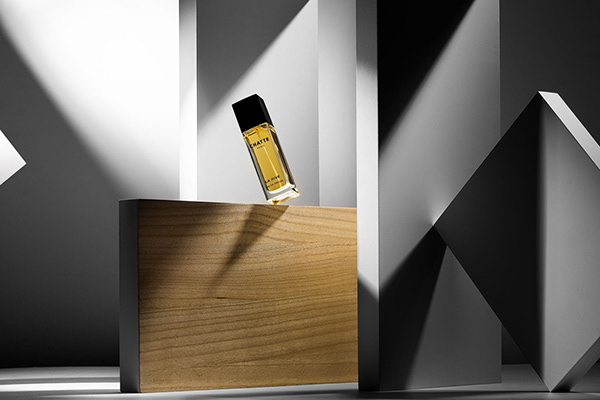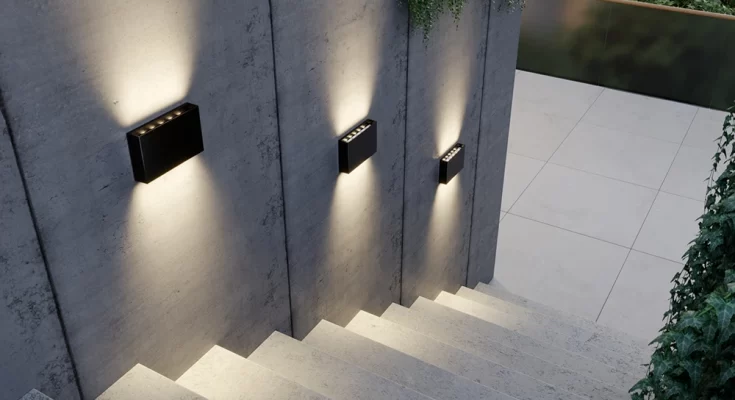Light and shadow can transform a space from mundane to mesmerizing. Their interplay adds depth, contrast, and movement, creating an environment that is both functional and visually striking. When thoughtfully applied, light can open up a room, making it feel expansive and airy, while shadow introduces texture and dimension, preventing a space from feeling sterile.
Balancing these two elements is not just about aesthetics—it directly impacts the mood and atmosphere of a home. Bright, overexposed rooms can feel harsh and uninviting, while spaces with excessive shadow can feel heavy and somber. The right balance cultivates warmth, enhances architectural features, and provides an adaptable ambiance for different activities throughout the day.
A well-designed lighting plan goes beyond simply placing fixtures. It considers natural light sources, artificial illumination, and the intentional use of shadow to create harmony. Let’s explore how to master this delicate equilibrium in your home.
The Relationship between Light and Shadow
Lighting is more than just visibility—it sculpts the environment. Shadows define edges, bring out architectural details, and highlight textures. Without them, a space can feel flat and uninspiring. By allowing for soft gradients between light and shadow, rooms gain an organic, fluid quality that feels dynamic rather than static.
Lighting influences emotions in profound ways. Bright, well-lit spaces promote energy and alertness, making them ideal for work areas and social settings. Dim, shadowed corners, on the other hand, encourage relaxation and introspection, making them perfect for reading nooks and bedrooms.
Too much brightness can lead to eye strain and restlessness, while excessive shadowing may create a sense of unease. Finding the right balance enhances comfort and well-being, ensuring that a space is not just visually pleasing but also emotionally nurturing.
Achieving a balanced lighting scheme requires a mix of sources at different intensities. Overhead lighting provides general illumination, but layering in floor lamps, sconces, and table lamps creates nuanced zones of brightness and shadow. By incorporating dimmable lights, you can adjust the atmosphere according to time of day and activity.
Balancing Light and Shadow in Different Spaces
- Living room – Using a mix of overhead, floor, and table lamps enhances warmth and adaptability.
- Kitchen – Under-cabinet lighting improves visibility, while pendant lights over an island create ambiance.
- Bedroom – Dimmable bedside lamps and wall sconces promote relaxation and restfulness.
- Home office – Bright, glare-free desk lamps enhance focus, while warm accent lighting softens the space.
- Hallways and entryways – Wall sconces and floor lighting provide both functionality and a welcoming touch.
Playing with Contrast: Light and Dark Color Schemes

Contrast is one of the most powerful tools in home design, and the interplay between light and dark color schemes can significantly enhance the depth, warmth, and character of a space. The way colors absorb or reflect light plays a crucial role in determining how a room feels—whether it’s airy and expansive or intimate and cozy. By carefully balancing light and dark elements, you can create a space that is not only visually stunning but also highly functional and adaptable to different moods and occasions.
The key to successfully integrating light and dark contrasts is finding the right equilibrium. Too much darkness can make a space feel heavy and closed-in, while excessive light tones can feel stark and uninviting. Strategic placement of color, materials, and lighting ensures a seamless balance that enhances both comfort and aesthetic appeal. Understanding how these elements interact allows homeowners to curate spaces that feel dynamic, inviting, and harmonious.
Wall colors play a crucial role in how light interacts with a space. Light-colored walls reflect more light, making a room feel more open and airy, while dark-colored walls absorb light, adding a sense of intimacy and coziness. Choosing the right balance of wall color depends on the atmosphere you want to create. Glossy and semi-gloss finishes enhance reflectivity, while matte surfaces absorb more light, reducing glare and creating softer transitions between light and shadow. Here are ideas to consider:
- Using dark walls. Dark walls can be used strategically to bring depth and warmth to a room, but excessive darkness can make a space feel small and confined. To balance this, incorporating reflective surfaces such as mirrors, metallic accents, and contrasting lighter furniture helps maintain brightness while still embracing the depth of darker hues. Accent lighting, such as sconces or cove lighting, can be used to softly illuminate dark walls, preventing them from feeling too overpowering.
- Combining and light and dark furniture. Pairing dark furniture with lighter walls—or vice versa—creates a striking visual contrast that adds sophistication to a room. This approach prevents monotony and ensures the space does not feel too heavy or too stark. Mixing materials like wood, glass, and textiles in different shades helps soften transitions and create a harmonious balance. Layering in decorative elements such as rugs, cushions, and throws in neutral tones further bridges the contrast between light and dark elements.
- Choosing the right flooring. Flooring also significantly influences the balance of light and shadow in a space. Light-colored flooring, such as pale hardwood, tile, or laminate, helps bounce light around the room, making it feel brighter and more expansive. Dark flooring, while adding richness and warmth, can absorb light and make a space feel more enclosed. Combining rugs in lighter or patterned tones on dark floors can create a more balanced ambiance and prevent the room from feeling overly dim.
Smart Lighting Solutions for a Perfect Balance
- Dimmers and smart bulbs. Dimmable lights offer the flexibility to adjust brightness levels based on the time of day and activity. Smart bulbs take this a step further, allowing for customizable lighting schemes that can shift between warm and cool tones to match your mood or enhance the ambiance. Automated settings enable gradual lighting changes
- Motion sensor lighting. Motion-sensor lighting is not just practical but also contributes to energy efficiency by ensuring lights are only on when needed. These sensors can be particularly useful in hallways, closets, and outdoor areas, where lighting is often required momentarily. By integrating motion sensors with layered lighting, you can create a seamless, hands-free experience that enhances both convenience and aesthetic appeal.
- Programmable lighting. Programmable lighting allows homeowners to set different brightness levels for various times of the day. Soft morning lighting can gradually increase in brightness to simulate a sunrise effect, while evening settings can transition to warm, dim lighting to promote relaxation. Smart home systems can synchronize lighting with natural circadian rhythms, optimizing comfort and wellness throughout the day.
Outdoor Lighting: Extending the Balance Beyond Indoors
Exterior lighting serves a dual purpose: enhancing the aesthetic appeal of your home while providing safety and security. A well-lit exterior creates an inviting atmosphere while deterring intruders. Strategically placed lighting highlights architectural features and landscaping elements, ensuring your home looks just as impressive at night as it does during the day.
Uplighting and downlighting techniques can transform outdoor areas into visually appealing landscapes. Uplighting, where lights are positioned at ground level and directed upwards, accentuates trees, statues, or facades. Downlighting, which involves placing lights above and casting illumination downward, creates a soft, natural glow that mimics moonlight. A combination of these techniques ensures a dynamic and inviting outdoor environment.
Decorative outdoor lighting, such as lanterns, string lights, and pathway lighting, adds charm and functionality to patios, gardens, and walkways. String lights draped across outdoor seating areas create a cozy, festive ambiance, while pathway lighting enhances visibility and safety. Lanterns placed on tables or mounted on walls provide an elegant touch, further enhancing the overall outdoor aesthetic.
Conclusion
Mastering the balance of light and shadow elevates both aesthetics and functionality. By thoughtfully incorporating different light sources, adjusting intensity, and utilizing shadow to add depth, homeowners can create spaces that feel dynamic, welcoming, and adaptable. Small adjustments, like adding dimmable fixtures or experimenting with warm and cool tones, can make a significant impact.
Embrace the art of lighting and let your home shine—literally and figuratively.




